3 Healthier Options That Replace Shortening
Shortening offers crucial texture and moisture in baked goods, but its high saturated fat content has driven demand for healthier alternatives.
Many substitutes now provide similar baking performance with better nutritional profiles.
Ingredients like coconut oil, avocado oil, or plant-based margarines can replace shortening while adding healthy fats.
Applesauce or mashed bananas serve as natural moisture boosters and fat reducers in certain recipes.
Knowing which alternative fits your baking style helps maintain flaky, tender results.
These options empower you to create delicious, heart-healthier treats without compromising texture.
Learn how to choose and use healthy shortening substitutes for your favorite baked goods.
Light and Healthy Shortening Replacements
Shortening replacements provide lighter, healthier ways to keep pastries flaky and tender. Different fats add subtle flavor shifts and nutritional benefits. Many options deserve a spot in your pantry.
Fruit Purees
Shortening in recipes can be substituted with healthier alternatives like banana puree, applesauce, or prune purees, which add moisture while reducing fat content.
These fruit-based replacements create slightly different but often delicious flavor profiles that many home bakers come to prefer over traditional ingredients.
Unsweetened applesauce works wonderfully in blueberry muffins, while prune puree gives brownies that perfect chewy texture without interfering with the rich chocolate taste.
Banana puree makes an obvious choice for banana bread or muffins, complementing the existing flavors while maintaining moisture.
Olive Or Canola Oil
Substituting olive or canola oil for commercial shortening makes a world of difference when searing meats or stir-frying vegetables.
These healthier alternatives contain more beneficial fats than typical shortenings found in stores, giving your dishes better nutritional value.
The calorie content remains significant though, with about 240 calories in just 2 tablespoons and a whopping 1,900 calories per cup.
For best results with pasta or rice dishes, a light touch works wonders - just use minimal oil rather than drowning your ingredients.
This small change maintains flavor while dramatically improving the healthfulness of your favorite recipes.
Margarine
Plant-sterol enhanced margarine serves as an excellent substitute for shortening in pie crusts, biscuits, and muffins while helping to reduce cholesterol levels according to scientific research.
A single tablespoon contains just 50 calories and 5.4 grams of fat, primarily composed of healthier polyunsaturated and monounsaturated fats with less than 1 gram of saturated fat.
The health benefits make this switch worthwhile despite potential texture changes in your baked goods.
Some bakers find success by using half plant-sterol margarine and half regular baking margarine instead of full shortening.
Can Shortening Alternatives Reduce Trans Fats While Keeping Recipes Moist?
Yes, many modern shortening alternatives are designed to reduce or eliminate trans fats while still providing the moisture and tender texture needed in baked goods.
Plant-based oils and specially formulated non-hydrogenated shortenings can mimic traditional shortening’s ability to create flaky, moist textures without the health concerns linked to trans fats.
However, the choice of substitute can influence flavor and mouthfeel, so it’s important to select options that suit your recipe’s needs.
Does The Melting Point Of A Shortening Substitute Affect Baked Goods’ Structure?
Absolutely. The melting point of a shortening substitute plays a crucial role in how baked goods rise, hold their shape, and develop texture.
Shortenings with higher melting points tend to create flakier pastries and sturdier crumbs by maintaining solid fat pockets during baking, which release steam and create lift. Lower melting point fats may result in softer, less structured products.
Matching the melting point to the original shortening helps preserve the intended texture and appearance.
Does The Type Of A Shortening Substitute Affect Browning In Baked Goods?
Yes, the type of shortening substitute can influence browning due to variations in fat composition and how they interact with sugars during baking. Fats with higher unsaturated oil content, like some vegetable oils, may brown faster or differently than solid shortenings.
This can affect crust color and flavor development. Some substitutes may also alter moisture retention, indirectly impacting how the crust forms and browns. Adjusting baking times or temperatures can help manage these differences.

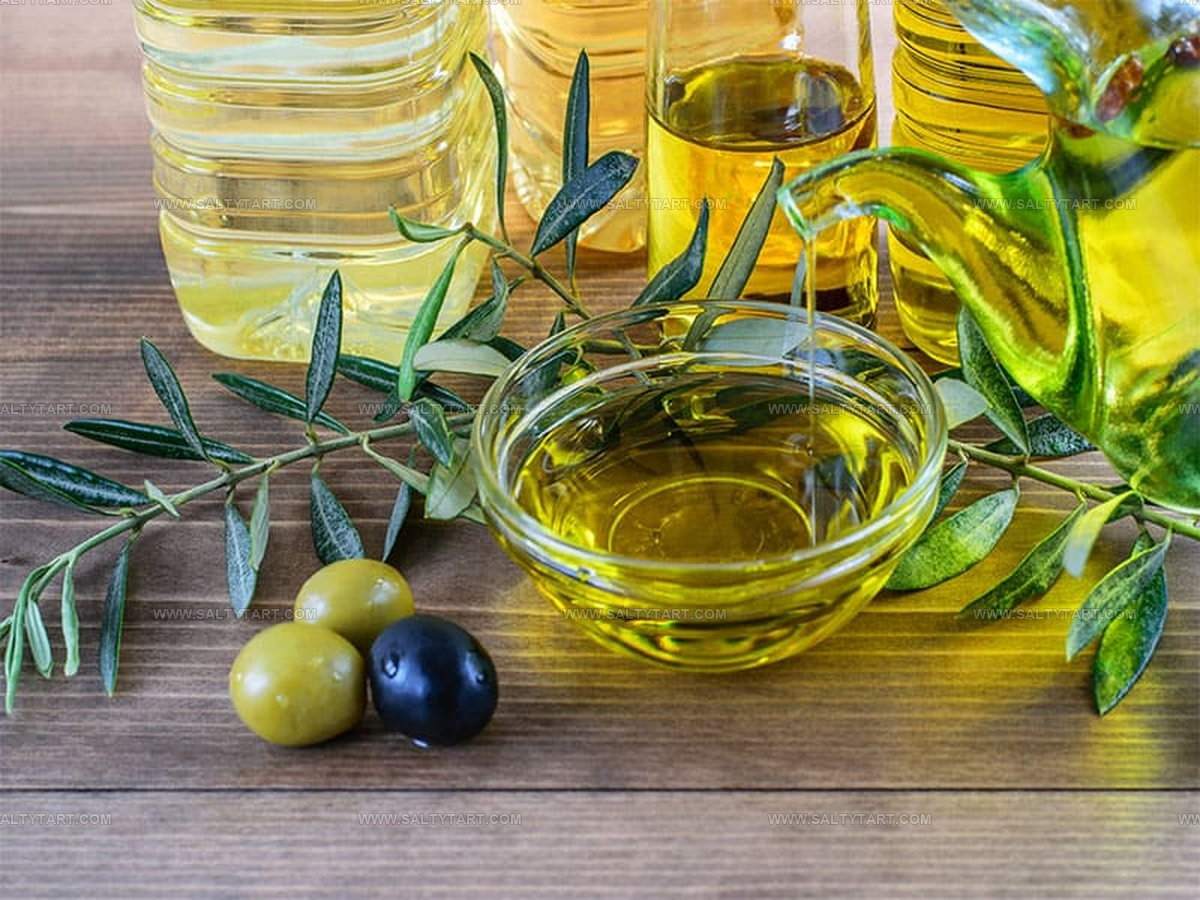
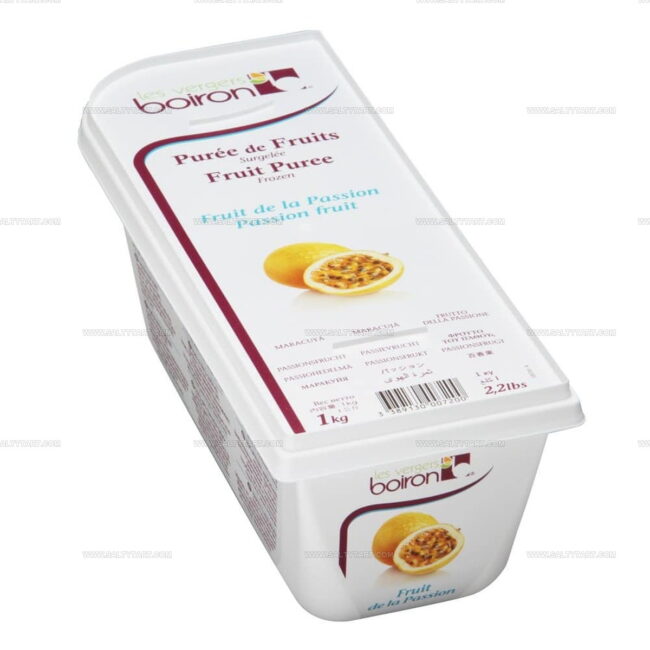

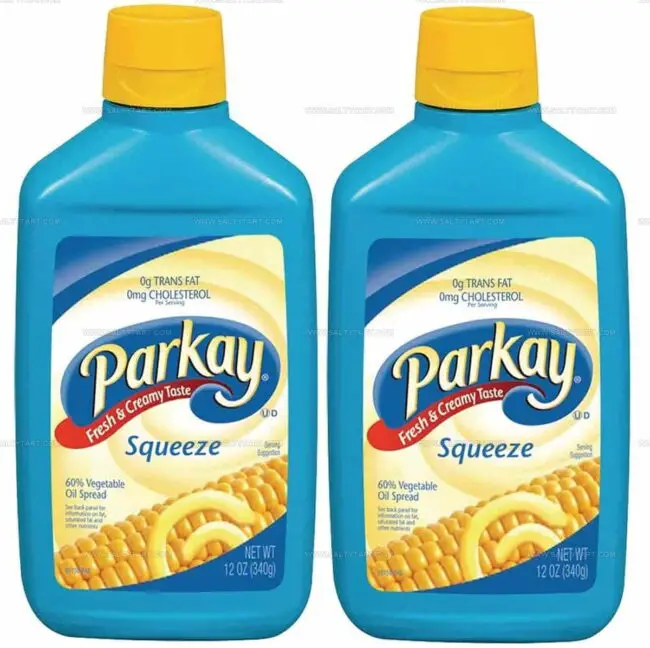
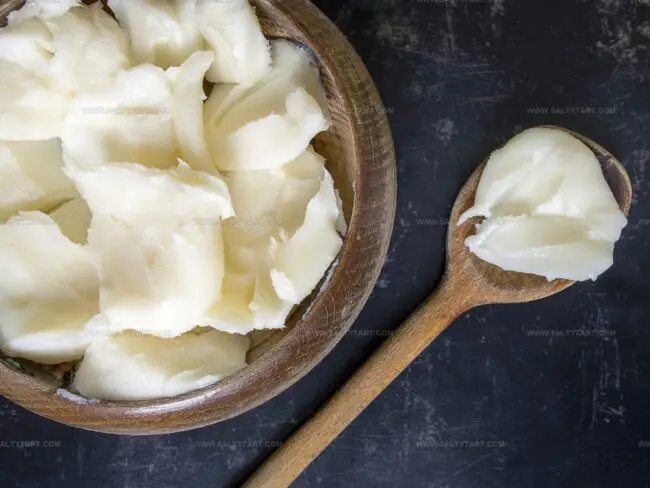
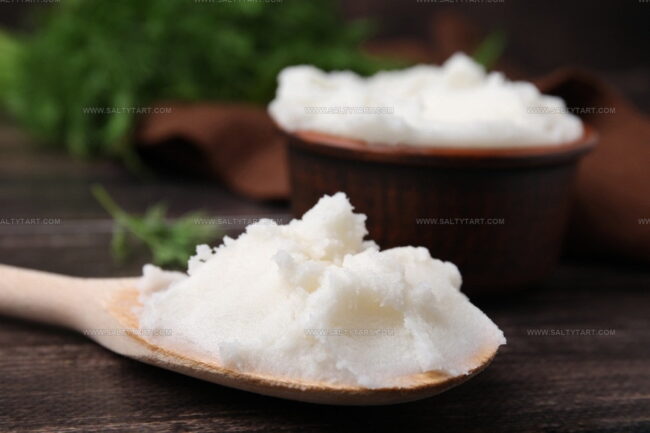
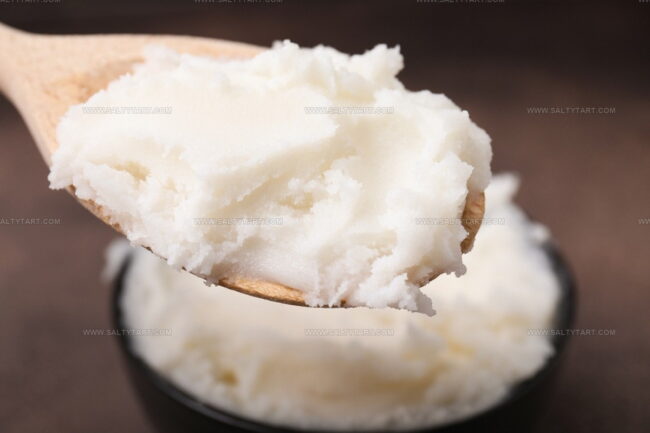
Mike Reynolds
Founder & Recipe Developer
Expertise
Farm-to-table cuisine, Seasonal recipe development, Sustainable cooking techniques, Food photography
Education
Asheville-Buncombe Technical Community College (A-B Tech)
Associate Degree in Culinary Arts
Mike studied culinary arts with a strong focus on farm-to-table principles and sustainable cooking. His training emphasized the importance of fresh, local ingredients and environmentally responsible practices in the kitchen.
Mike’s food journey began deep in the Blue Ridge Mountains, where weekends at farmers’ markets and home-cooked meals sparked a lifelong obsession with simple, seasonal eating.
After earning his Associate Degree in Culinary Arts from Asheville-Buncombe Technical Community College, he set out to bring farm-to-table cooking into everyday kitchens, without the fuss.
Mike’s philosophy is all about keeping it fresh, unfussy, and full of heart. When he’s not crafting new single-serving recipes, he’s hiking mountain trails, chatting with local farmers, or experimenting with wild ingredients in his backyard kitchen.